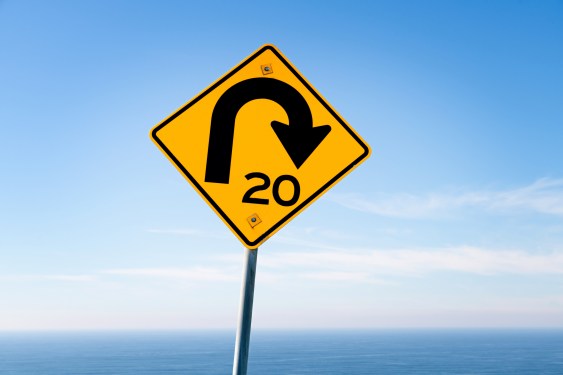For the foreseeable future, global markets will require billions of highly specialized electric machines that perform much better than the inefficient relics of the past. As we approached this challenge initially as a hardware problem, we soon discovered that the key to meeting next-generation electric motor demand actually lies in software.
From Hardware to SaaS: A Journey of Discovery
Our journey began with a focus on developing innovative hardware solutions for electric motors. However, as we delved deeper into the market, it became clear that the real opportunity lay not in the physical components themselves, but in the software that enabled their design and functionality.
The Birth of ECM PCB Stator Technology’s SaaS Strategy
After careful consideration, our team decided to pivot from a hardware-centric approach to a Software as a Service (SaaS) model. This decision was driven by several key factors:
- Market demand: The growing need for specialized electric machines and the increasing complexity of their design requirements made it clear that software solutions were essential.
- Competitive landscape: Our competitors were already investing heavily in software development, making it essential for us to adapt our strategy to remain competitive.
- Scalability: A SaaS model allowed us to scale more efficiently, reducing the costs associated with hardware production and increasing our ability to reach a wider market.
Key Steps in the SaaS Development Process
Our transition to a SaaS model involved several critical steps:
- Cultural and organizational shift: We had to adapt our culture and organization to focus on software development, rather than hardware manufacturing.
- Platform and system security updates: We ensured that our platform and systems were secure enough for external licensing and usage.
- Patent acquisition: We obtained the necessary patents to license our software externally, protecting our intellectual property and ensuring compliance with industry regulations.
- Programming and service development: We updated our programming to offer design and prototyping services on a larger scale.
Overcoming Challenges in the SaaS Transition
Our journey was not without its challenges:
- Cultural transition: Our employees, investors, and partners had to adjust to a new way of thinking and working.
- Friction and uncertainty: The shift from hardware to software created tension within our organization and with external stakeholders.
Results and Future Outlook
Despite these challenges, we have made significant progress:
- Customer acquisition: We’ve seen substantial demand for electric motor design solutions and have grown customer acquisition substantially enough to plan a full SaaS launch in early 2023.
- SaaS launch plans: With our preparations complete, we’re poised to enter the market with confidence.
Lessons Learned: Agility and Adaptability
Our experience serves as a testament to the importance of:
- Remaining agile: Be prepared to pivot when circumstances change or new opportunities arise.
- Staying adaptable: Continuously evaluate your strategy and make adjustments as needed.
- Embracing openness: Stay receptive to new ideas, technologies, and market trends.
Our story demonstrates that success in the startup world requires a willingness to adapt and evolve. Whether you’re a founder or investor, we encourage you to remain agile, adaptable, and open to new possibilities throughout your own journey.
Conclusion
The shift from hardware to SaaS has been a defining moment for ECM PCB Stator Technology. By embracing this change, we’ve positioned ourselves for future growth and success in the rapidly evolving electric motor market.
Note: The above content is an expanded version of the original article with additional information, examples, and analysis.

